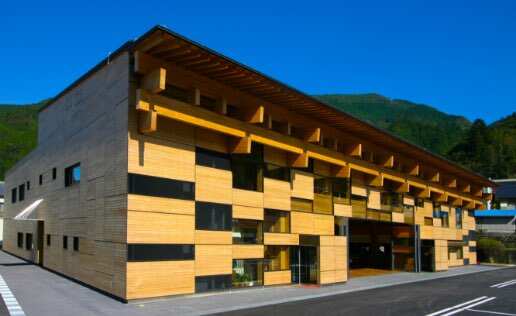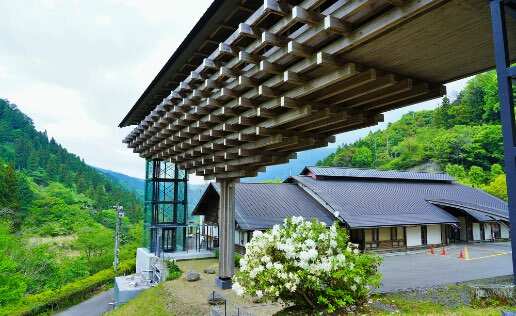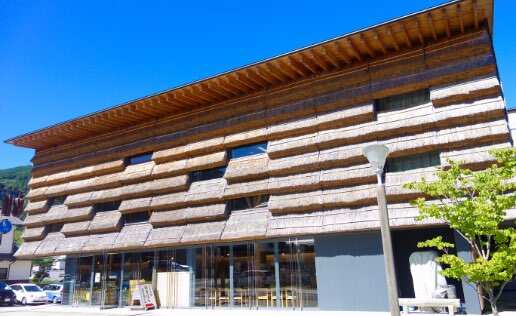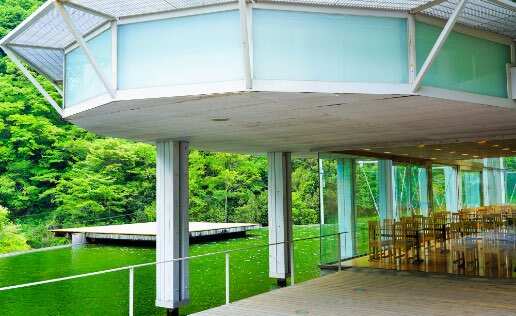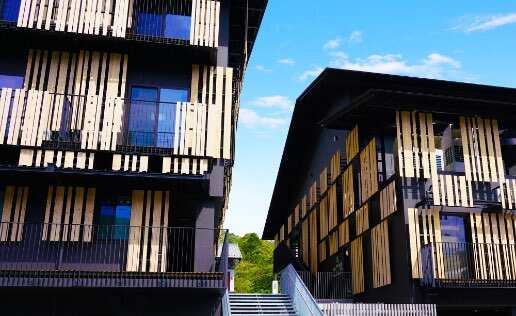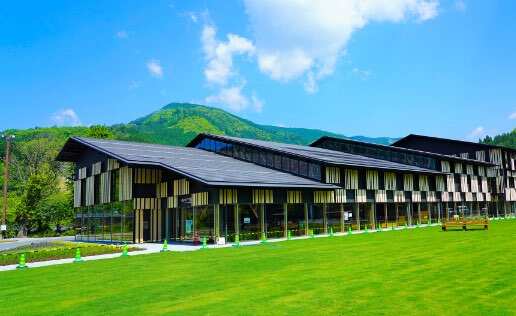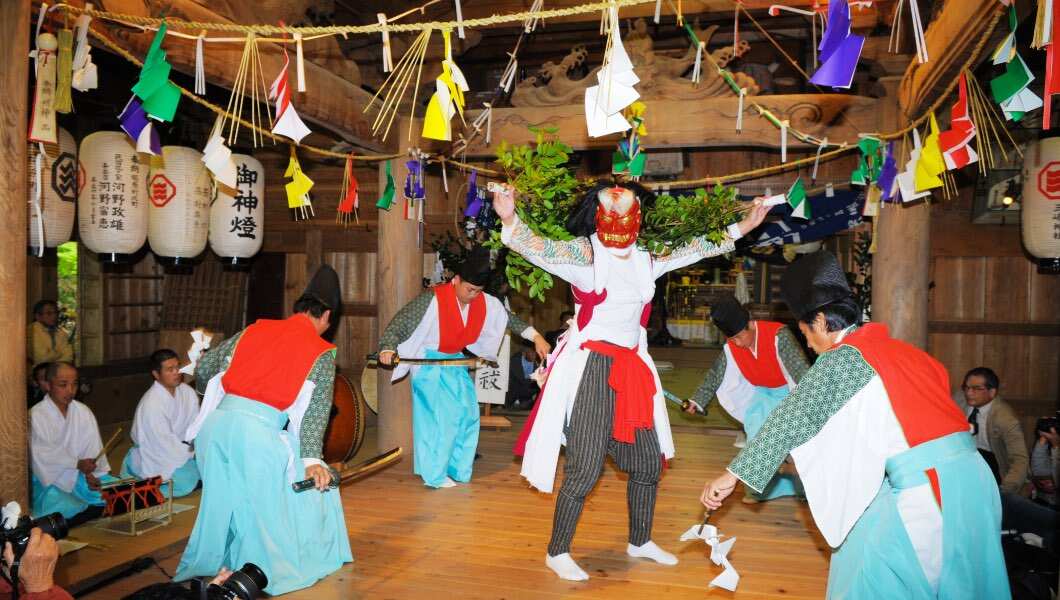The climate of Oku Shimanto enabled people to cherish, preserve, and nurture what their ancestors left behind and cultures that have continued from the ancient times.
There are history and cultures that they intend to continue to appreciate and pass down for generations to come.
Feel the Vibrant History, Traditions, and Cultures
There still remains a road that leads to Niraga-toge, a mountain pass at a prefectural border where noble-minded patriots who sought reformation accomplished dappan (left their domain), which brings back the romance of history in the present time. Kengo Kuma’s buildings, built after encountering ”Tsunoyama Kagura,” a ritual dance that has been passed down for over 1,000 years, and “Yusuhara-za” wooden theater, seem to have certain connections with what he encountered. In the Oku Shimanto area, there are locations where you can feel the grandeur nature as well as vibrant history, traditions and cultures.

The Road to Dappan
(leaving of one’s domain)
In 1862, Sakamoto Ryoma, who had dreamt of restoring Japan, escaped Kochi Castle town and reached the Iyo Province (Ehime Prefecture) via Tsuno and Yusuhara Towns. The road he took still remains in the mountainous village of Oku Shimanto, as “Sakamoto Ryoma’s Road to Dappan” Along the way are Kuchiki-toge, which is at the entrance of Tsuno Town, Fusegasaka, where a winding road continues through tea plantations, remains of the house of Nasu Shunpei and Shingo, and Niraga-toge in Yusuhara Town, which is close to the border to Ehime prefecture. What did he think about and aspire to do when he took this road in the turbulent times, during the last days of the samurai period?
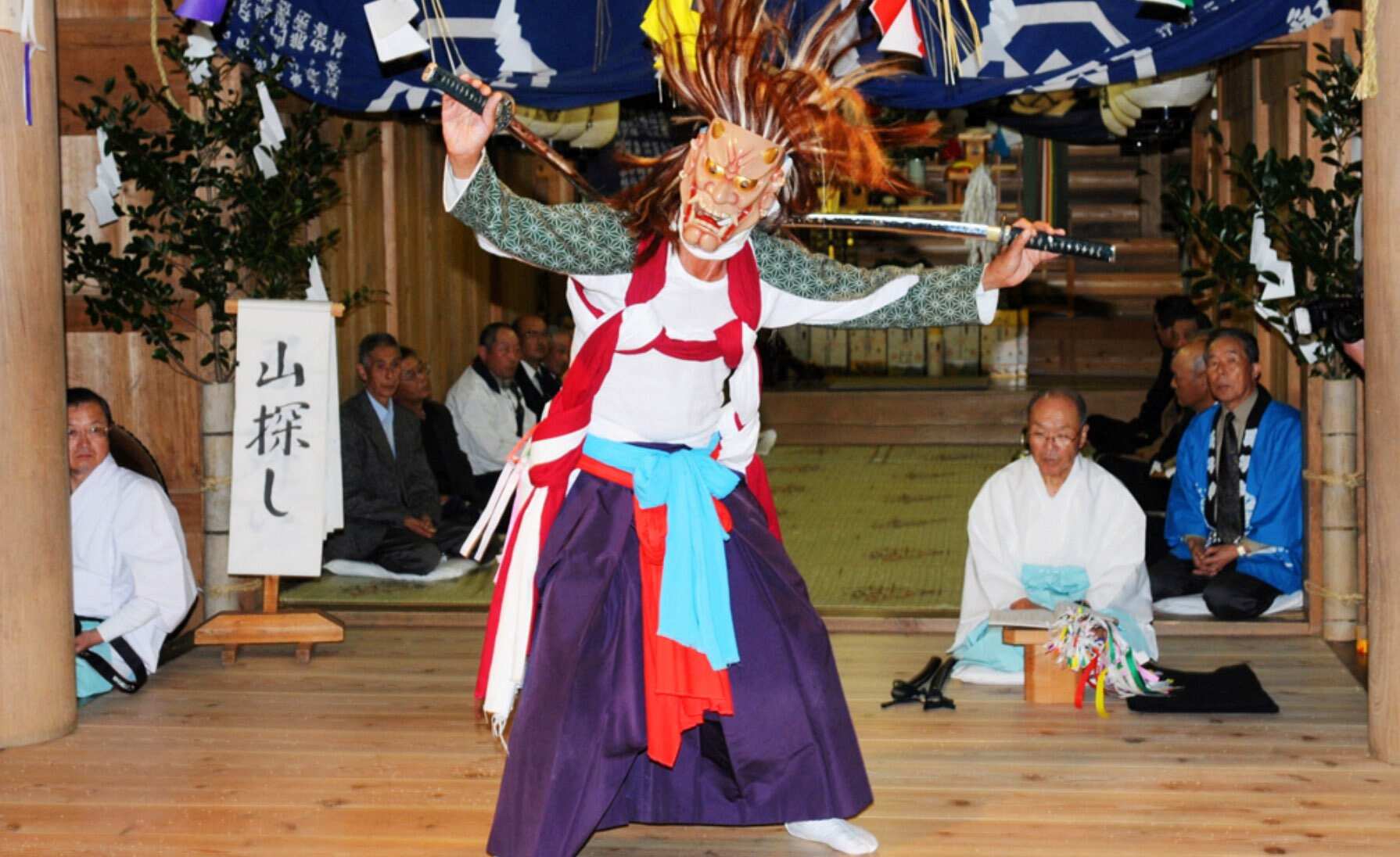
Cultures of Tsunoyama
In the area that covers Tsuno and Yusuhara Towns, called “Tsunoyama-go,” traditional Japanese cultures and customs still remain vibrantly alive. Particularly notable is a ritual dance that has been passed down for over 1,000 years until today at temples in both towns, “kagura,” for which gods descend from above. “Tsunoyama Kagura” remains in Yusuhara Town, while “Traditional Tsunoyama Kagura” remains in Tsuno Town. Both are designated significant intangible folk cultural assets of Japan as one of “kagura of Tosa.” There also remains the only existing “nabebuta uemawashi-shiki mawari butai (a revolving stage)” in Japan within the grounds of Mishima Shrine in Takano, Tsuno Town. Once in four years, rural kabuki is performed by the people in this district on this stage, which has been designated as an important tangible folk cultural property of Japan.

Buildings Designed by Kengo Kuma
The interaction between Mr. Kengo Kuma and Yusuhara Town began when he took part in the conservation movement of a wooden theater, “Yusuhara-za.” The encounter led to the construction of the first project, “Kumo no Ueno Hotel/Restaurant,” which was completed in 1994. Then he began designing buildings with abundant use of wood. They were built one by one in this town as Mr. Kengo Kuma’s history with lumber evolved. As there are currently six buildings designed by Kengo Kuma in five locations, the whole town of Yusuhara can be called a museum, which is unprecedented worldwide. Enjoy sceneries where the townscapes with lush nature and Mr. Kuma’s architecture fuse into one. Lumber from here in Yusuhara Town is abundantly used in Kengo Kuma’s major work, Japan National Museum.
